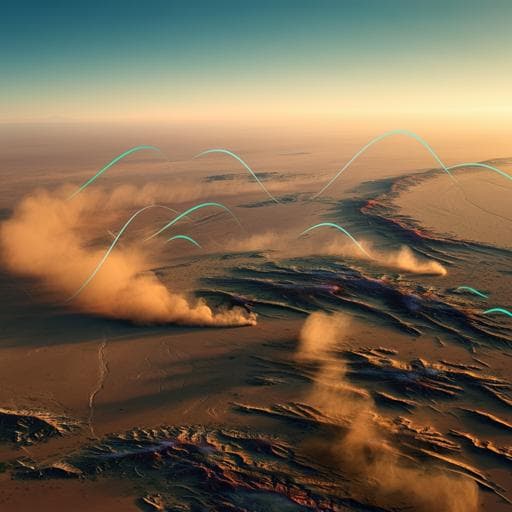
Earth Sciences
Mapping wind erosion hazard with regression-based machine learning algorithms
H. Gholami, A. Mohammadifar, et al.
Explore the impact of wind erosion hazards in Isfahan province, Iran, with cutting-edge regression-based machine learning methods employed by Hamid Gholami, Aliakbar Mohammadifar, Dieu Tien Bui, and Adrian L. Collins. Discover how DEM, precipitation, and vegetation play pivotal roles in shaping these environmental challenges.
~3 min • Beginner • English
Related Publications
Explore these studies to deepen your understanding of the subject.







